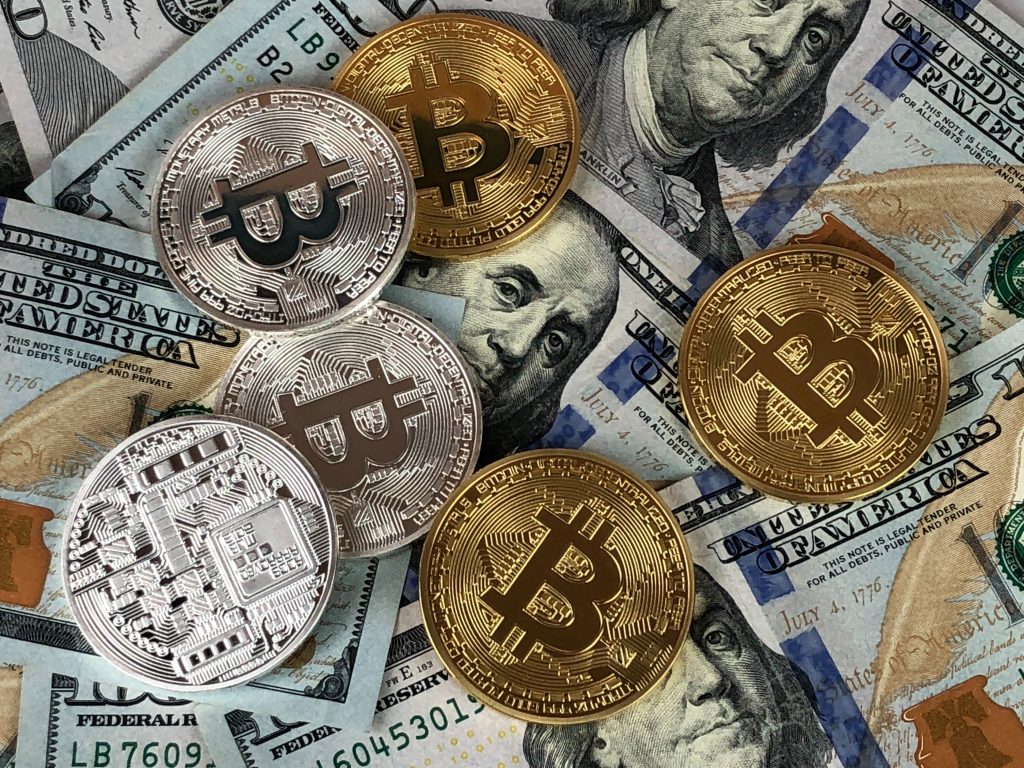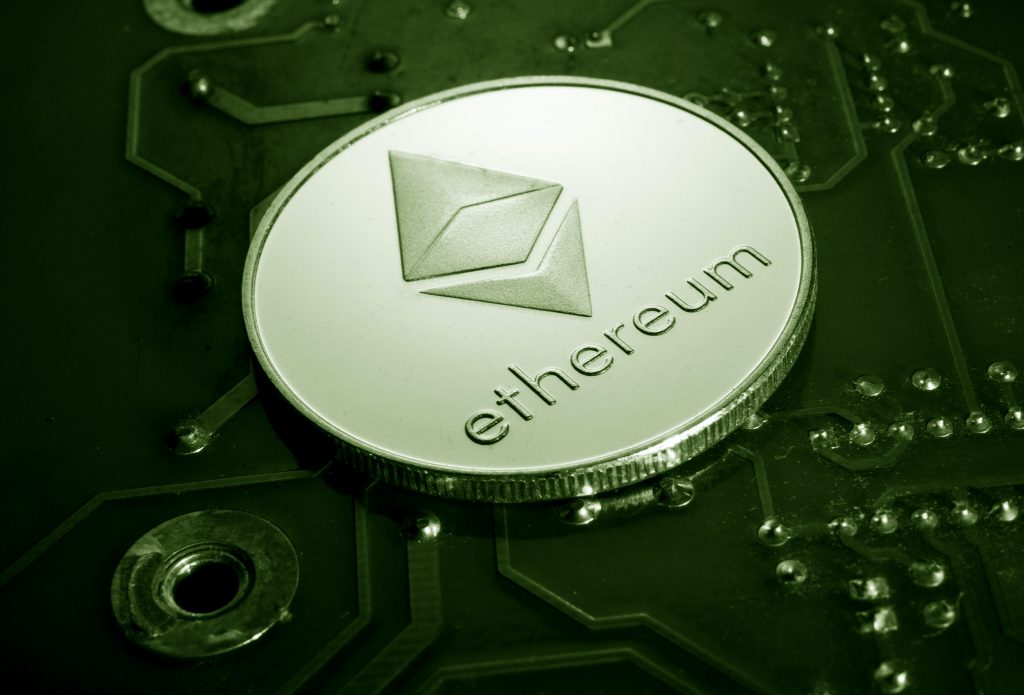Last Updated on May 10, 2023

The Bitcoin Protocol, which was launched in 2009, laid the groundwork for a new era of peer-to-peer financial services.
Now Ethereum, the first smart contracts-powered blockchain and the platform on which the Maker Protocol is built, allows for the execution of the kind of complex functionality required by modern finance applications.
The Ethereum blockchain now hosts roughly half of all functioning decentralized applications on the market, which provide a wide range of services previously only available to wealthy or institutional investors.
What is Decentralized Finance (DeFi)?

Decentralized finance (DeFi) is a new financial system based on distributed ledgers that are similar to those used in cryptocurrencies. The system decentralizes authority over money, financial products, and financial services from banks and institutions.
It does away with the fees charged by banks and other financial institutions for using their services. Instead of depositing your money in a bank, you save it in a safe digital wallet.
It can be used by anyone with an internet connection without needing permission. You can transfer money in a matter of seconds or minutes.
What are Decentralized Apps (DApps)?
DApps, or decentralized applications, are smart contract-powered blockchain-based versions of apps popularized by the Ethereum network. They behave exactly like traditional apps — a user shouldn’t be able to tell the difference — but they have a far larger feature set.
DApps are a brand-new method to interact with personal finances. Traditional finance conjures up images of money lending, borrowing, savings, and other related entities. Each of these is fueled by a central authority like banks or other financial entities.
Read: All You Need To Know About Cryptocurrency
Difference Between DeFi and DApps
DeFi and DApps are both decentralized and have nearly identical functionality. The main distinction is that DeFi is based on DApps and is more focused on business applications.
DApps aren’t just for financial applications; they can also be used to create gaming apps, gambling, education, and private web browsers.
Another key distinction is that DApps make use of smart contracts, which require consensus to change once they’ve been released. Unlike DeFi, which is limited to blockchain networks, DApps can run on a peer-to-peer network of computers.
The History and Evolution
Bitcoin

One could claim that DeFi began in 2009 with Bitcoin. BTC was the first peer-to-peer digital currency, as well as the first blockchain-based financial application.
Whether or not Bitcoin should be regarded as DeFi, its creation was a significant enabler for the entire cryptocurrency business, which includes decentralized finance.
Bitcoin also enables decentralized payment transmission over the world, and payments are one of the domains of finance – seems a lot like DeFi to me.
But, most importantly, Bitcoin paved the way for the development of Ethereum, which is now the default blockchain for all major DeFi protocols.
Ethereum

Lending, borrowing, trading, funding, and derivatives are all key services that every strong financial system requires.
When Ethereum was launched in 2015, it soon drew in a growing number of developers looking to create a variety of decentralized apps, ranging from games like CryptoKitties to financial applications.
Ethereum soon became the go-to smart contract platform to build on, thanks to its Turing-complete programming language Solidity and the ERC20 standard for establishing new coins.
However, the debut of MarkerDAO in December 2017 was a watershed moment for financial applications that allow users to do more with their money than simply transmit it from point A to point B.
Makerdao
Maker is one of the oldest DeFi projects on Ethereum. It is a system that enables the creation of DAI, a decentralized stable coin. Rune Christensen founded the project in 2014 after being inspired by another project, BitShares, a blockchain built by Dan Larimer.
DAI lets users to use digital assets as collateral to create a cryptocurrency that is tied to the value of the US dollar 1:1. Anyone could effectively borrow the Dai stablecoin against Ether (Ethereum’s native cryptocurrency) via this approach. It made it possible for anyone to get a loan without having to rely on a centralized entity. It also produced a dollar-pegged digital asset, similar to USDC, USDT, and other stablecoins, that didn’t require keeping dollars in a bank.
The MakerDAO lending protocol and its Dai stablecoin served as the foundation for a new, permissionless, open financial system. Other financial protocols followed suit, resulting in a more robust and linked environment.
Compound Finance, which was released in September 2018, provided a market for borrowers who took out collateralized loans and for lenders to profit from the interest rates that those borrowers paid.
Uniswap, which launched in November 2018, enables users to swap any Ethereum coin without requiring authorization.
Maker remains one of the most prominent DeFi projects, and it is unquestionably one of the first decentralized financial pioneers.
Compound Finance
Compound Finance is an Ethereum-based lending protocol. Anyone can earn interest by lending their assets or borrowing assets against collateral.
Financial contracts are executed automatically by computer code on the platform, which is open to everyone, anywhere in the world. Securing loans is based not on a person’s credit score or income and liabilities, but on the assets they deposit in the system to cover the loan’s value.
In other words, Compound loans, like most DeFi loans, are over-collateralized. It isn’t the most capital-efficient approach, but it does allow for permissionless and automatic lending. If the collateral falls below the required ratio, the funds are sold at a discount on the open market (ie. liquidated).
Balancer
Balancer is a decentralized exchange and asset manager built on the Ethereum network. Fernando Martinelli and Mike Ray McDonald launched it in March 2020. Balancer, like Uniswap, allows anyone to construct token pools that rebalance to maintain the same ratio among those tokens independent of price changes. The only difference is that you can add several tokens and ETH isn’t required. It effectively enables anyone to build something akin to an ETF ––an index fund comprised entirely of crypto assets.
Balancer distributed its governance token BAL to liquidity providers in June 2020. Holders of BAL tokens can take part in the protocol’s governance system.
Yam finance
Yam Finance is a startup that rewards users with YAM tokens in exchange for cryptocurrency contributions into various liquidity pools. It was created in August 2020 by a collection of cryptocurrency developers, investors, and entrepreneurs, including IDEO’s Dan Elitzer and Flipside Crypto’s Will Price.
It was one of the first ventures to focus on putting cryptocurrency tokens into DeFi platforms in order to earn the platform’s native tokens in addition to interest rates. The launch was contentious since it appeared to be developed overnight by copying the code of various DeFi protocols and then placed on the main net without a rigorous audit.
The team discovered a problem in its programming that would make governance impossible two days after its introduction and sought funding from the community to audit the code of a new version of YAM.
The future

Ethereum 2.0, layer 2 solutions, and potentially other blockchains will provide much-needed scaling. As a result, a new group of people will be able to join DeFi. It will also aid in the discovery of new use cases that would otherwise be impossible to implement due to high network prices.
Introducing additional, more traditional assets into DeFi by tokenizing or constructing synthetic representations of them will also offer up entirely new possibilities.
Before you go…
Hey, thank you for reading this blog to the end. I hope it was helpful. Let me tell you a little bit about Nicholas Idoko Technologies. We help businesses and companies build an online presence by developing web, mobile, desktop and blockchain applications.
As a company, we work with your budget in developing your ideas and projects beautifully and elegantly as well as participate in the growth of your business. We do a lot of freelance work in various sectors such as blockchain, booking, e-commerce, education, online games, voting and payments. Our ability to provide the needed resources to help clients develop their software packages for their targeted audience on schedule is unmatched.
Be sure to contact us if you need our services! We are readily available.











